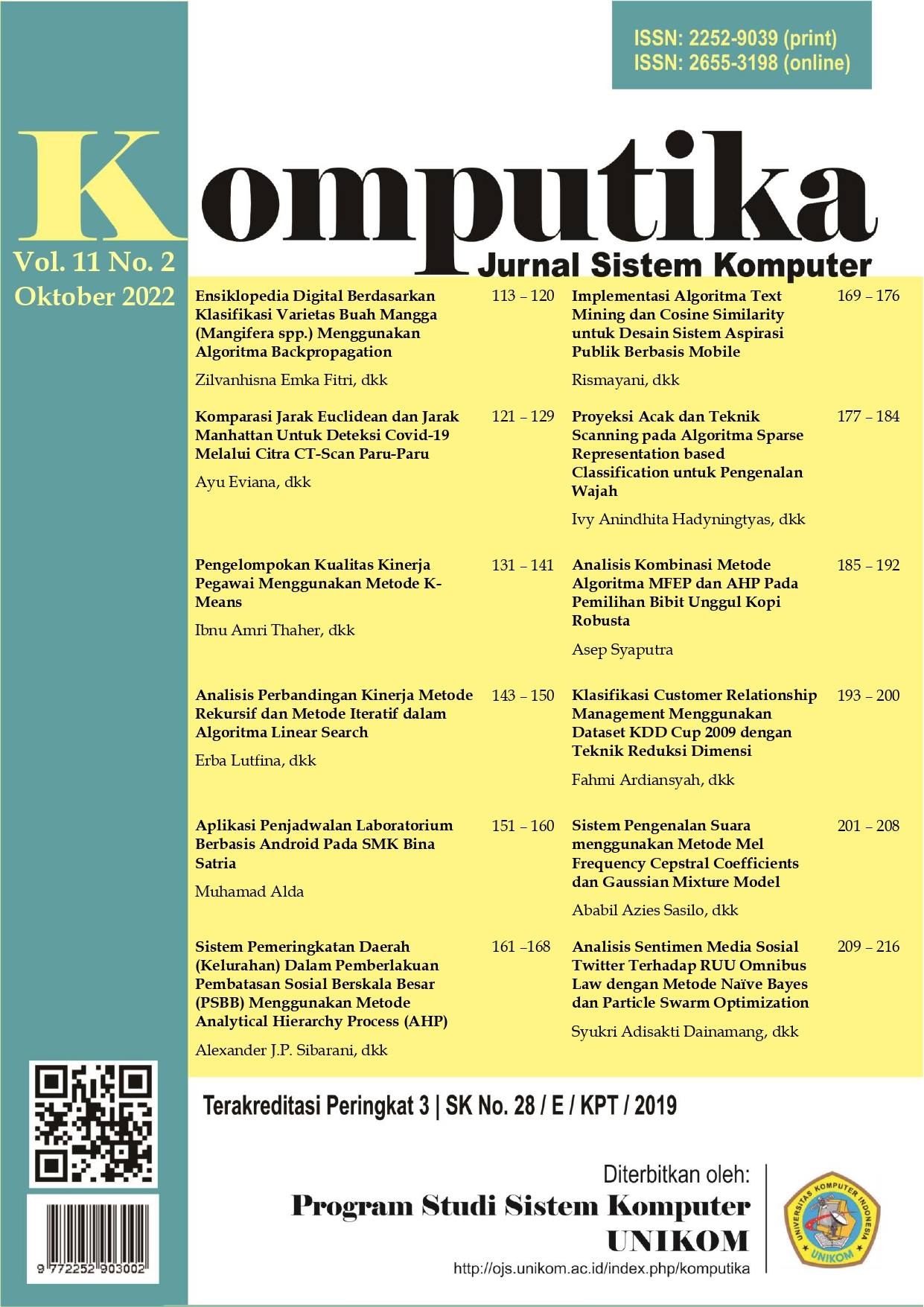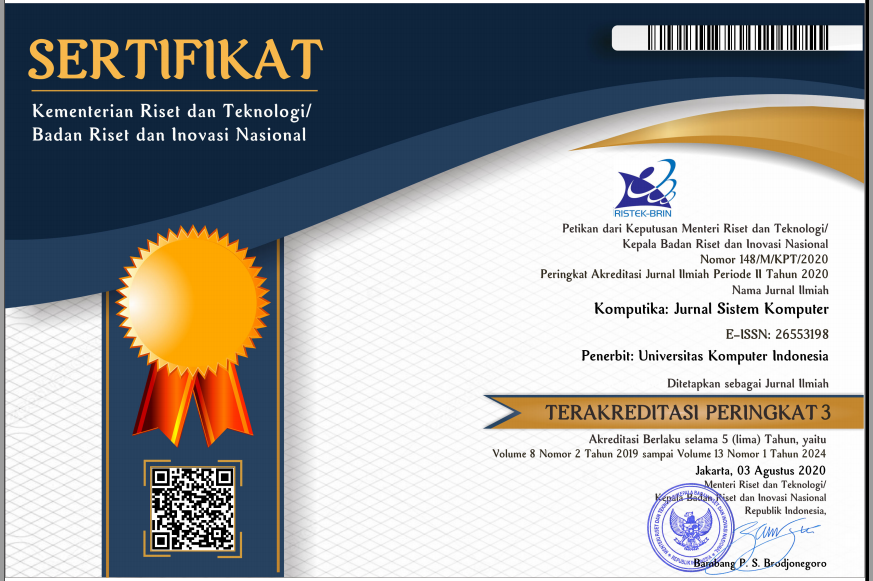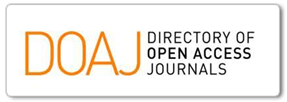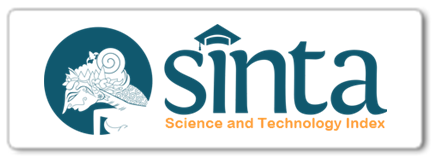Proyeksi Acak dan Teknik Scanning pada Algoritma Sparse Representation based Classification untuk Pengenalan Wajah
DOI:
https://doi.org/10.34010/komputika.v11i2.7201Abstract
Sparse Representation based Classification (SRC) is a method that is quite well known in face recognition because of its ability to overcome several problems that occur in facial recognition, such as occlusion, pose variations, and various facial expressions. SRC has the disadvantage of a heavy computational load. To overcome these shortcomings, we propose a reduction in image dimensions to reduce the computational load in this paper. Dimensional reduction is made by multiplying the feature matrix by a random projection matrix. The random projection matrix is generated using a gaussian distribution, uniform binary, and uniform integer. The reduction factor used in this paper is from 24 to 168. The random projection will be compared with the downscale classical linear method. The simulation results on the AT&T dataset show that the reduction factor of 10.304: 128 has a maximum accuracy rate of 87.5% on a random uniform integer projection, where this maximum value is carried out iteratively. In occlusion testing, the SRC technique can still detect images with an up to 80% occlusion rate. From the results of the scanning technique testing, it does not affect the level of accuracy, but it can affect the computation time.
Keywords - Sparse Representation. Random Projection, Face Recognition



















